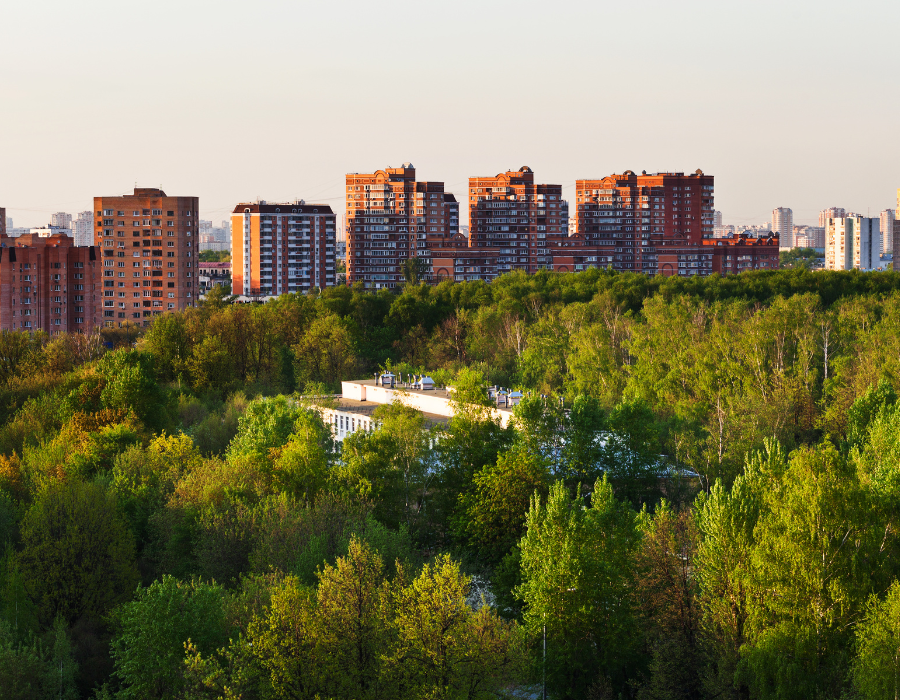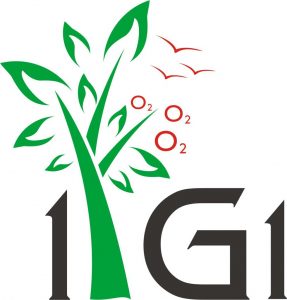Urban Land Planning stands at the forefront of determining the future landscape of our cities, playing a critical role in ensuring that urban development progresses in a manner that is both sustainable and conducive to long-term livability. This discipline is not just about the meticulous arrangement of urban infrastructure but also about creating spaces that promote ecological balance and enhance the quality of life for all city dwellers.
At 1G1, our conviction runs deep regarding the integration of greenery into urban settings. We understand that trees and urban green spaces are far more than just aesthetic enhancements. They are fundamental components for building resilient urban ecosystems. Trees contribute significantly to improving air quality, mitigating urban heat island effects, and providing essential green spaces that benefit both mental and physical health.
Request a 1-to-1 discussion

The Urban Land Planning
Urban Land Planning refers to the systematic process of designing and managing urban areas to achieve sustainable and efficient land use. It involves determining the best use of land for residential, commercial, recreational, and infrastructural purposes, while considering environmental, social, and economic factors.
The goal of Urban Land Planning is to create well-designed cities that offer a high quality of life, while preserving natural resources and minimizing negative impacts on the environment.
The Need for Land and Layout Planning
With rapid urbanization and population growth, the need for effective Urban Land Planning has become more critical than ever. Unplanned urban development leads to numerous challenges such as increased pollution, traffic congestion, inadequate infrastructure, and loss of green spaces.
These issues not only degrade the environment but also negatively impact the health and well-being of urban dwellers.


The Role of Trees in Land Planning
Trees play a pivotal role in Land Planning as they offer a multitude of benefits for both the environment and the community.
They act as natural air purifiers, absorbing harmful pollutants and releasing oxygen. Trees also provide shade, reducing the urban heat island effect and mitigating the impacts of climate change.
Moreover, they improve water quality, prevent soil erosion, and provide habitats for wildlife. From a social perspective, trees enhance the aesthetics of urban areas, promote mental well-being, and encourage physical activity.
Planning for Tree Plantation
To ensure effective tree plantation in urban areas and layouts, proper planning is essential.
This involves identifying suitable locations for tree planting, considering factors such as available space, soil conditions, and appropriate species selection. It is crucial to involve urban planners, landscape architects, environmentalists and arborists to develop comprehensive tree-planting plans that align with the overall urban development goals.
Additionally, community engagement and participation are vital to create a sense of ownership and encourage responsible stewardship of the trees.

Strategies and Approaches for Sustainable Land & Layout Planning
Urban Forestation
Creating urban forests by planting trees in designated areas helps in restoring lost green spaces and increasing biodiversity. Urban forests act as carbon sinks, sequestering carbon dioxide and mitigating the impacts of climate change.
Green Infrastructure
Incorporating green infrastructure, such as green roofs, vertical gardens, and street trees, into urban landscapes improves the overall environmental quality. Green infrastructure helps in managing stormwater, reducing energy consumption, and enhancing the aesthetic appeal of urban areas.
Tree Canopy Preservation
Preserving existing tree canopies is crucial in maintaining the ecological balance of urban areas. By protecting mature trees, we can ensure the continuity of their ecosystem services and prevent the loss of valuable green infrastructure.
Urban Agriculture
Integrating urban agriculture practices, such as community gardens and rooftop farming, into urban land planning provides numerous benefits. It improves food security, promotes local produce, and enhances community engagement.
